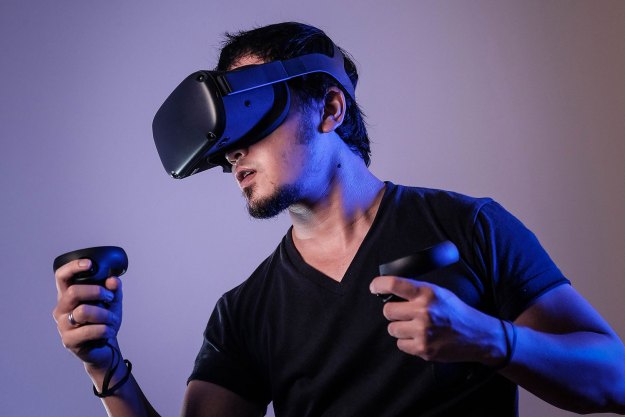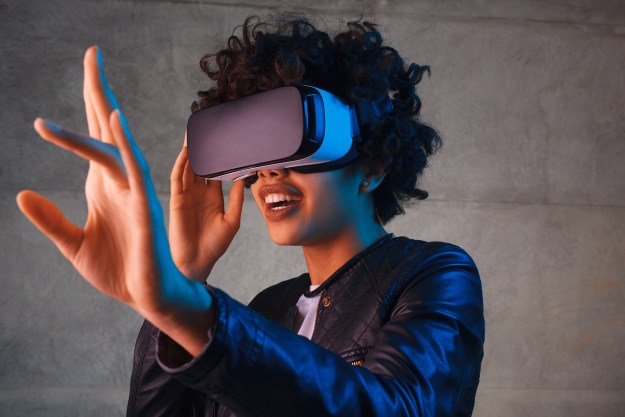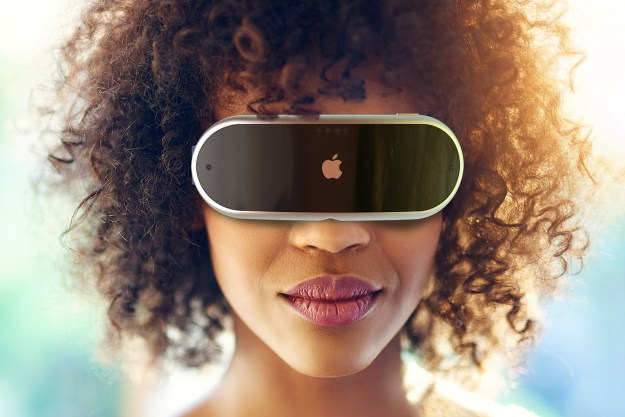
Veeso is powered by a consumer-friendly version of the digital performance capture technology used in movies like Avatar and Planet of the Apes. It uses computer vision to track points on a user’s face and plot them to a mesh, similar to how Snapchat Lenses work.
From the outside, the hardware looks like your standard VR headset. But on the inside, an infrared camera positioned between the lenses tracks eye movement. A tiny boom extends below the goggles, with another camera angled at the wearer’s mouth for reading facial expressions.
While the technology is still in prototype, the goal is to be able to capture subtle details of a user’s expressions, beyond just a big smile or dramatic frown. The infrared camera will track eyebrow movement, how open or closed a user’s eyes are, and even the position of the pupils. Veeso’s international team of engineers and designers envision a shared virtual world where even fatigue and tiredness can be visually communicated.
Veeso’s onboard ARM processor handles the task of building the three-dimensional mesh, then wirelessly communicates that information to a user’s phone (iOS or Android) where the actual rendering occurs.
As the hardware is all but useless without compatible software, there’s also a dev kit intended for game studios and tinkerers. The kit includes access to the Veeso SDK, docs, samples, and developer forums.
With a few kinks still needing to be worked out, the creators of Veeso are looking to Kickstarter to raise money in order to continue development and enter production. They’ve set a lofty goal of $80,000, but with 24 days left, there’s still plenty of time. Early-bird backers can get in on the action for just $70, or $80 for the headset and dev kit.
Editors' Recommendations
- All the reasons I’m excited (and worried) for Apple’s Reality Pro headset
- Apple’s Reality Pro headset is the VR industry’s ‘last hope’
- We now know why Apple’s Reality Pro headset was delayed
- Apple’s mixed reality headset may be delayed yet again
- Apple’s mixed-reality headset is running out of time



